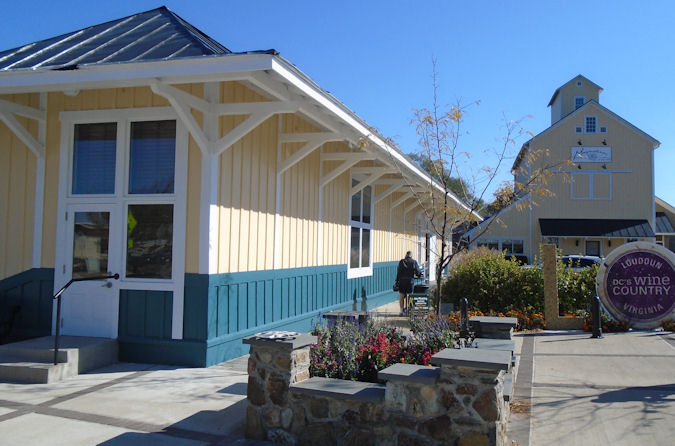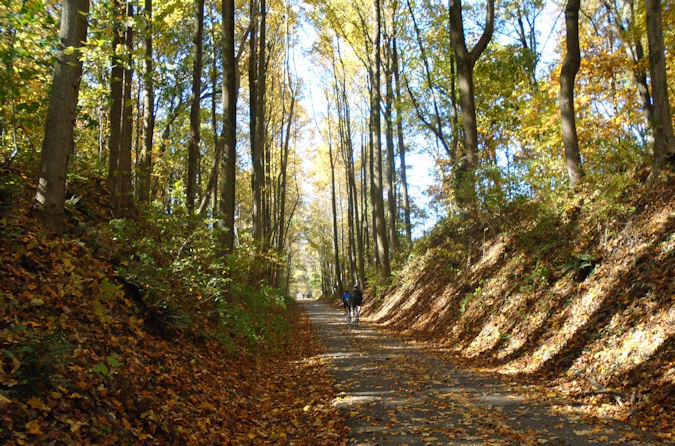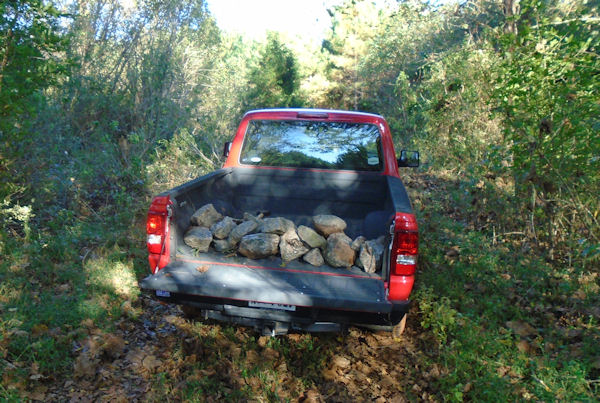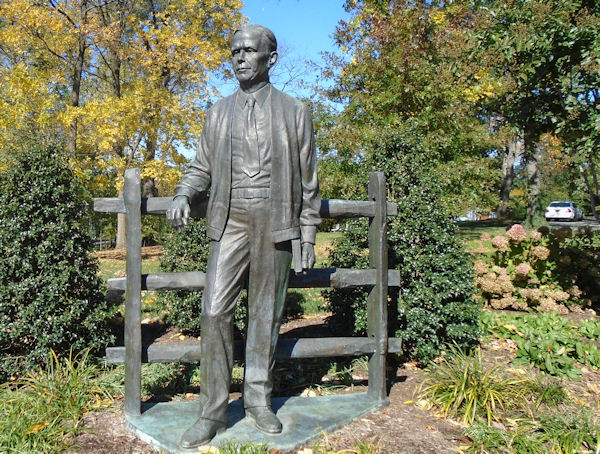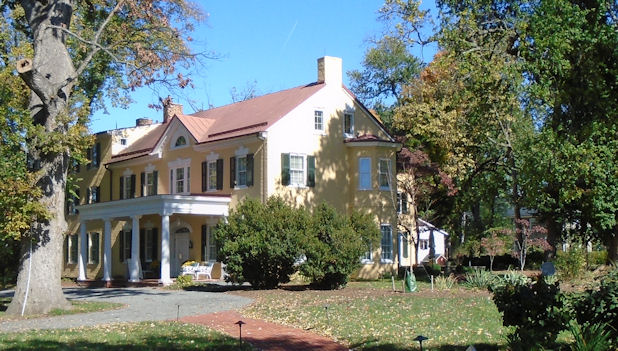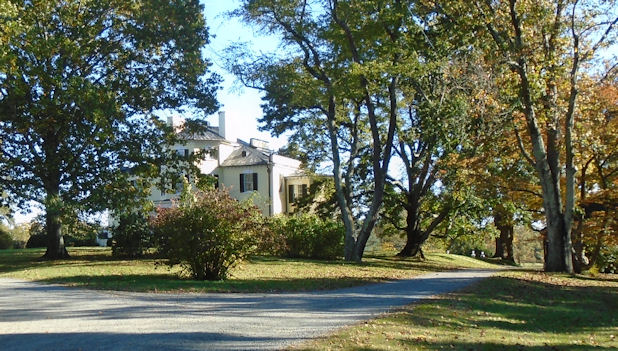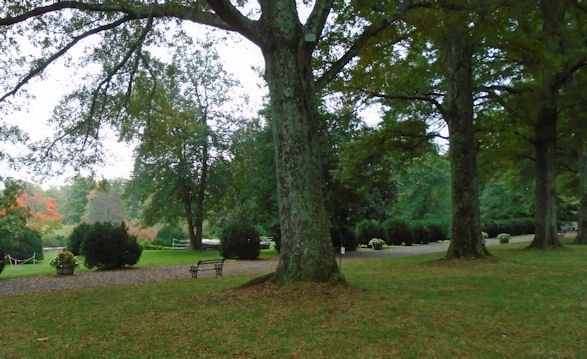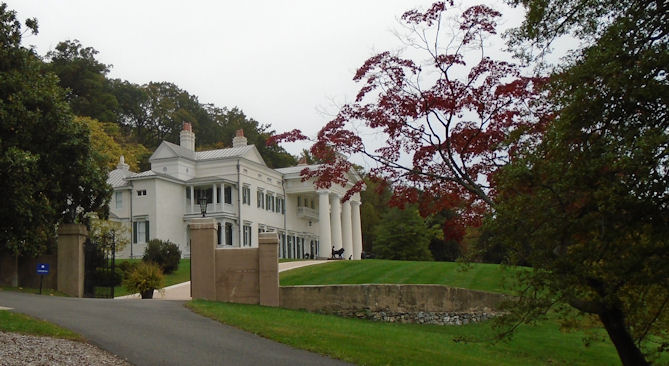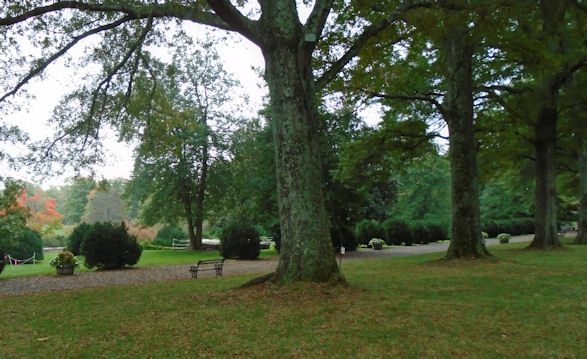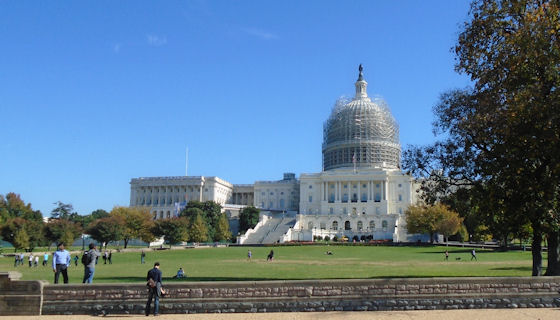
October is one of the best times for Washington. We get crisp clear days, cool and not very humid but sunny. I am taking advantage of this window of beauty, riding my bike to work and walking as much as I can.
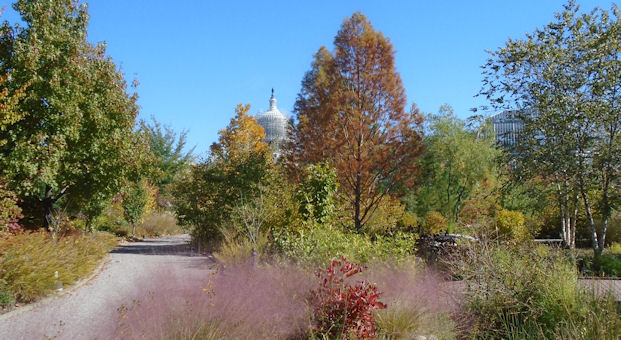
Today I wandered over to the Botanical Gardens at lunchtime. It is a small area but packed with pleasantness. They used plants from around the middle Atlantic region, so we have the familiar longleaf & loblolly pines and lots of oaks and cedars. I just like to be there. You really don’t have to own your own stuff if you can use these nice places. But I also find it humbling. They mark the trees and plants. I pride myself on being able to identify trees, but my pride is misplaced. I can tell the general groups. For example, I can tell a loblolly pine from a longleaf or a white pine. But they have pond pines and pitch pines that I could not separate from the loblolly. I also have trouble telling black oaks from red oaks. When I know that is it a black oak, I can see why it is, difference in leaves etc. but I would be unable to do it in general.

I have also been trying to get to the Smithsonian Museums. The great thing about Smithsonian is that all the museums are free, so you can go in for a short time w/o having to spend the big bucks or feeling that you have to see everything to “make it worth it.” I went to the National Gallery of Art. You could spend a lot of time there. They provide comfortable places to sit surrounded by light and beauty. This is the proper way to appreciate art, taking the time to hang around. I looked at lots of the paintings but I lingered in the Impressionist section. Chrissy likes Monet and Renoir. I am no expert. I could not tell one impressionist from another and don’t expect ever to learn, but I enjoyed the brightness, the light.

We went to see the movie “Fury” over the weekend. It stars Brad Pitt, who looks so much like me. Anyway, it is a very violent movie with scores of people being killed every minute. It takes place in Germany in April, 1945. The war is almost over but there remains desperate resistance, with children and old people pressed into service. I was thinking about that as I walked around my beautiful Washington on a perfect day. Germany was so utterly destroyed by the war. All over Europe centuries of culture and art were lost, stolen or destroyed; life was reduced to its basic elements. The most civilized, progressive and prosperous parts of the world debauched into barbarism that killed millions and brutalized millions more. The Impressionist light was out of place. Washington could be reduced to this someday. It seems impossible now, but I don’t expect the Germans, Poles, French and others really thought it would ever happen to them, or at least not in their lifetimes of that of their children. I think of the Romans watching the Visigoths come over the hills and uttering the Latin equivalent of “Oh shit; what the hell happened?” Nobody for hundreds of years had believed such a thing even remotely possible. We like to think such savagery is in the past, but there are place right now that it is going on like then.
But we cannot let it end like that.
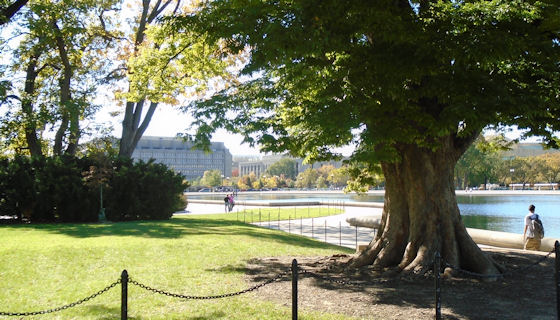
My pictures are from near the Capitol. You can see that they are reconstructing the Capitol Dome. It is made of iron, which has rusted and needs to be fixed. The other pictures are from the Botanical Garden, except the one on the bottom, which is a big zelkova tree near the pool in front of General Grant’s monument. Zelkovas are in the elm family and resemble shorter versions of the American elm in that they have a vase shape. But they tend to be squatter and thicker, as you can see above. They don’t usually get Dutch elm disease, which is why they were planted to replace dying American elms in the 1970s. Washington is a pleasant place most of the time.

